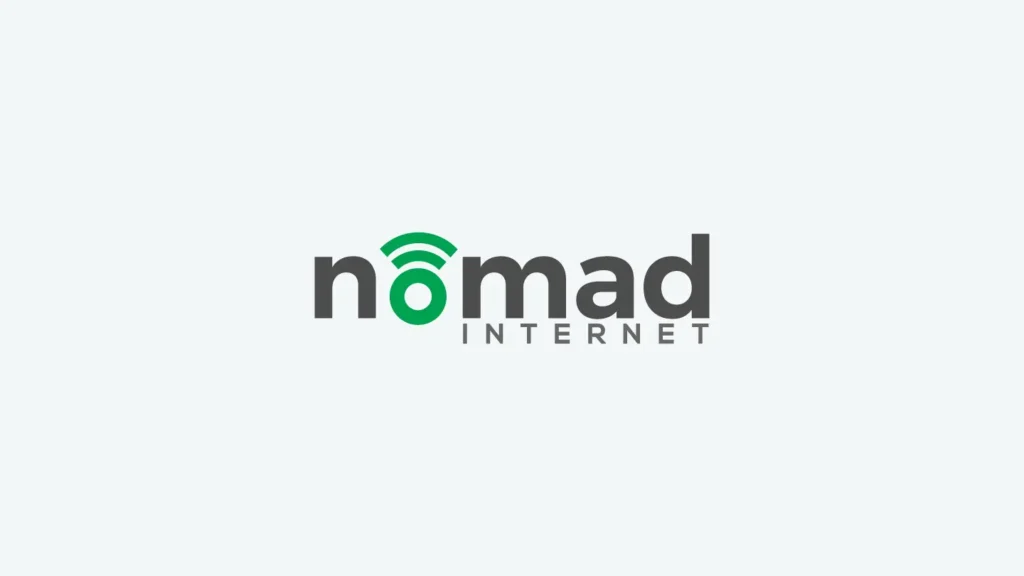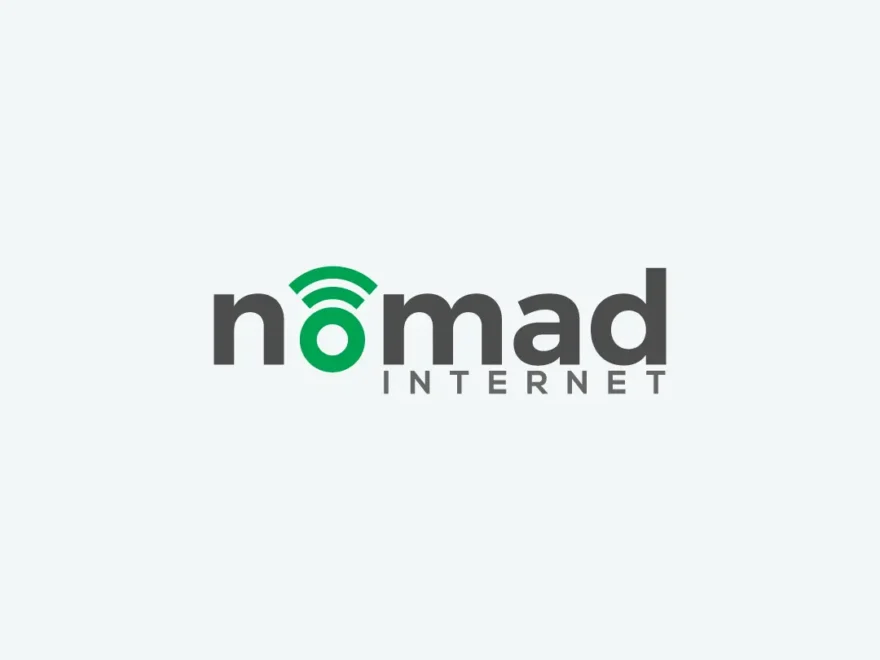Nowadays, the internet has become as necessary as a cup of coffee after sleeping through the Sunday night. It provides us with the energy we need to do our daily tasks, provides a source of recreation, and even contributes to our socialization. However, for individuals who live in rural places with only the stars for company and are many hours away from the nearest metropolis, finding a reliable internet service is like seeking a needle in a haystack. While many city inhabitants might have a buffet of internet service providers and speed, powered by affordable and widely available fiber internet, those in rural areas have little choice but to be limited to a small group of Internet service providers, which may not even provide a stable connection.

The scope of this trickling, however, is altering. The digital divide is steadily narrowing as more ISPs commit to serving rural areas. With these additional options, rural residents are no longer forced to accept whatever connectivity or speeds are provided. However, great choice comes with enormous responsibility—or the incredible work of selecting the appropriate source. If you need help navigating this new environment, here is a list of the top Internet providers for the countryside in 2024. Whether you’re in dense forests or wide valleys, we’ve got you covered.
Content
Top-Rated Rural Internet Services in 2024
1. Nomad Internet: Leading the Connectivity Frontier
Nomad Internet revolutionizes rural internet access by offering high-speed connections without the need for complex infrastructure. Whether you live in a mountain hut or off the grid, Nomad Internet provides nationwide C-band service. It’s no surprise that they’re the providers of choice for rural Americans’ Internet needs. This is their distinctive property for low-latency introduction; now, Nomad Internet is well ahead of its competitors among ISPs, even in the middle of nowhere.
2. T-Mobile Home Internet: 5G Comes to the Homestead
If you have a strong cellphone signal, T-Mobile Home Internet could be your ticket to dependable internet. T-Mobile offers speeds ranging from 33 to 245 Mbps, which are ideal for most family needs, from online meetings to casual gaming. At a consistent $50 per month with autopay, it’s a low-cost, contract-free choice thatdoesn’t sacrifice speed. Remember that your connection may vary based on your location and network activity.
3. HughesNet: Reaching New Horizons with Satellite Internet
HughesNet has remained a well-known satellite internet service provider, offering services anywhere a satellite can transmit a signal. Their speeds are 50 Mbps, which are adequate for daily use, including streaming and video calls. HughesNet presently offers four plans, with the sole distinction being the amount of data that may be consumed. It is simple to install, and while there is an upfront fee, getting a modem is more cost-effective in the long term.
4. AT&T Internet: Diverse Connectivity Choices for Rural Regions
AT&T offers a variety of services, including choices for places that still require fiber optics. AT&T believes that even the most remote customers can go from digital subscriber lines to fixed wireless. The company provides a fixed wireless service for $69.99 a month, with 10 Mbit/s download and 1 Mbit/s upload. AT&T’s services include mobile and TV plans with data limits, unless you choose the unlimited plan.
5. Kinetic by Windstream: High-Speed Fiber for the Countryside
Kinetic’s expanding fiber optics network is bringing the Internet of the future to many rural regions. Kinetic’s plans span eighteen states and vary from 500Mbps to 8000Mbps. Prices are initially cheap but rise after a few months. However, the initial investment is well worth it given the speed and dependability that Kinetic brings to previously neglected locations.
6. Verizon 5G: The Future of High-Speed Connectivity
Verizon, the largest telecommunications firm, uses its extensive 5G network to bring the internet to rural America. Verizon has coverage in 47 states. Verizon offers two major plans, with download speeds ranging from 85 Mbps to 1,000 Mbps. However, if one is beyond the coverage area of this 5G network, one receives 4G LTE speeds, which is a capable connection at a slower pace. All of these can be supplemented by Verizon’s other services, making the procedure more convenient and cost-effective.
Exploring Alternative Internet Services for Rural Areas
As rural internet alternatives expand, more ISPs are stepping up to the plate. Here are some additional providers to consider:
Google Fiber: Currently available in metropolitan regions and progressively expanding to rural areas, Google Fiber offers unrestricted internet speeds of up to 8 Gbps.
Spectrum: Spectrum has an asymmetric coaxial-fiber network that serves 40 states and offers three service packages with speeds up to 1000 Mbps each.
Frontier: Frontier offers fiber hybrid plans in 29 states, with prices starting at $44. It offers high-performance routers and speeds of up to 5 Gbps, starting at 99 per month.
Key Tips for Finding the Best Rural Internet Provider
Consider your internet consumption habits while selecting an ISP. If you work from home or play online games, you’ll need fast connections and low latency. Families may demand a connection that can support many devices at the same time, while casual users may emphasize price.
Connection Type: Fiber, DSL, cable, and cellular are the four forms of fiber connections, each with its own set of benefits depending on location and demand.
Distance: The further you are from the ISP’s infrastructures, the weaker your signal may be, with the exception of fiber optics, which perform better over greater distances.
Speed: For the entire family, choose at least 25 Mbps, and for work from home and gaming, connections of more than 50 Mbps are recommended. It is intended for serious users who demand speeds of 100 Mbps and higher.
5 Ways to Connect to the Internet in Rural Areas
Even in rural regions, there are different ways to go online:
Cable: Widely available and reliable, although only in certain areas.
Satellite: Best for locations without wired infrastructure, but can be slow and laggy.
Fiber: fast and dependable; however, availability is restricted in rural regions.
DSL: uses your phone line to provide a constant, faster connection than dial-up.
Cellular and 5G: Mobile hotspots and home routers provide wireless connectivity, with 5G offering amazing speeds where accessible.
Additional Solutions for Internet Access in Rural Locations
Wired Internet: It is fast and dependable, but its availability is still limited to locations with relevant facilities.
Wireless Internet: This is accessible in a variety of locations for convenience; however, the speed is greatly dependent on the type of service and signal strength.
How to Choose the Right Internet Speed
Fiber cables may provide internet speeds of up to 10 Gbps, with the normal range being 5 Mbps to 1 Gbps. This speed is perfect if you use it for web browsing, video streaming, online gaming, or remote work.
Closure
Finding the ideal rural internet service comes down to your unique requirements. Nomad Internet, T-Mobile, AT&T, Kinetic, and Verizon all contribute something unique to the table. Nomad Internet is dedicated to connecting the most isolated regions. The company’s cutting-edge technology and low prices will most likely place it among rural Internet service providers in 2024. Regardless of where you sit, boat, crawl, or fly, there is an app to solve your problem and link you.

Jerald is a blogger with a passion for technology who has been writing about the latest in the world of gadgets and gizmos. They are an avid reader of Science-Fiction novels and love to spend time with their wife and kids.

